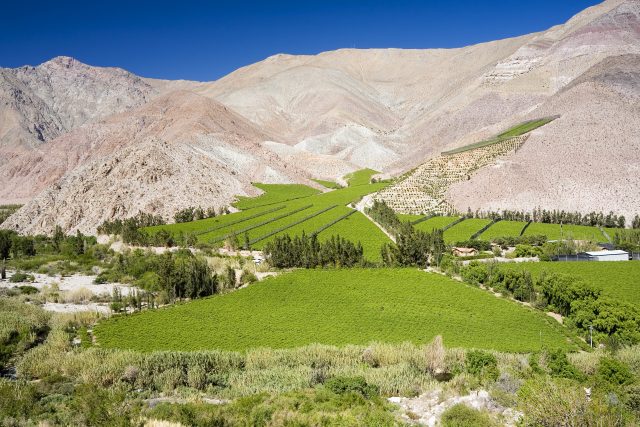Chile uproots 4.5% of its vineyards (original) (raw)
Chile’s land under vine is down by just over 6,080 hectares, a 4.5% decline from 2020 to 2021, according to recently released figures from the national Agricultural and Livestock Service (SAG).

Most of the losses were in the coastal wine regions of Casablanca and San Antonio; inland wine regions of Colchagua, Cachapoal and Maipo.
The biggest loser of ground in red varieties was Cabernet Sauvignon, down by 2,300 hectares — representing a 5.7% drop.
It still remains by far Chile’s most planted variety though, with more than 37,750 hectares left in the ground. In percentage losses for the major grape varieties, Syrah was the most affected, losing 8.7% of plantings followed by Pinot Noir with a 6.4% drop.
Meanwhile, Merlot lost 547 hectares, representing a drop of 4.8% and Carmenère lost 4.7% of its plantings, down by 518 hectares.
País — a variety that has long suffered being uprooted in recent decades — in fact bucked the trend. SAG records show a growth of plantings in 2021, with an additional 22 hectares planted.
White wines were less impacted by the uprooting, although the most-planted white varieties of Sauvignon Blanc and Chardonnay are both down — 5.9% and 5.2% respectively.
“There are different reasons for the vineyard losses, and it is different in different regions,” explains Julio Alonso, North America executive director for Wines of Chile. “In the Metropolitan area [Maipo], around Santiago, the increasing urbanisation is part of the issue, as well as periodic replanting. Due to the drought pressure in the central valleys we are also seeing producers focus more on the southern regions for the future. Despite the recent decline of vineyards though, which in most cases translates into vineyards with more focus and therefore wines with more specific terroir identity, Chile still remains one of the largest producers in the New World.”
Drought is a key part of the issue agrees Eduardo Jordan, head winemaker for Fairtrade-producer Miguel Torres Chile.
“Opportunities for new plantings have been really limited to due to the availability of water, which is increasingly scarce,” he says. “There are many underground water sources which no longer give water rights, neither permanent nor temporary.”
Jordan does, however, add that there is a further factor influencing the decline: “The problem is that the small producers are often getting paid a price which isn’t even moral… paying 85 pesos a kilo [£0.09 per kilo] is abuse!”
Miguel Torres’ production has, in fact, grown over these last couple of years — and Jordan partly attributes that to the more attractive price per kilo they offer to growers. He suggests that more transparency and fixed pricing could avoid further declines.
“With certifications like Fairtrade, the price is fixed by an external entity which makes sure that the grape price ensures adequate sustenance for the producer. The Fairtrade price is at least three times higher than the average market price. In the case of many of the regions where there’s been a decline in vineyards, it is because the cost of production becomes unviable for the producer.”
Amanda Barnes is the drinks business´ regular South America correspondent and author of The South America Wine Guide.
Related news
UK Christmas lights could buy 14 million mulled wines